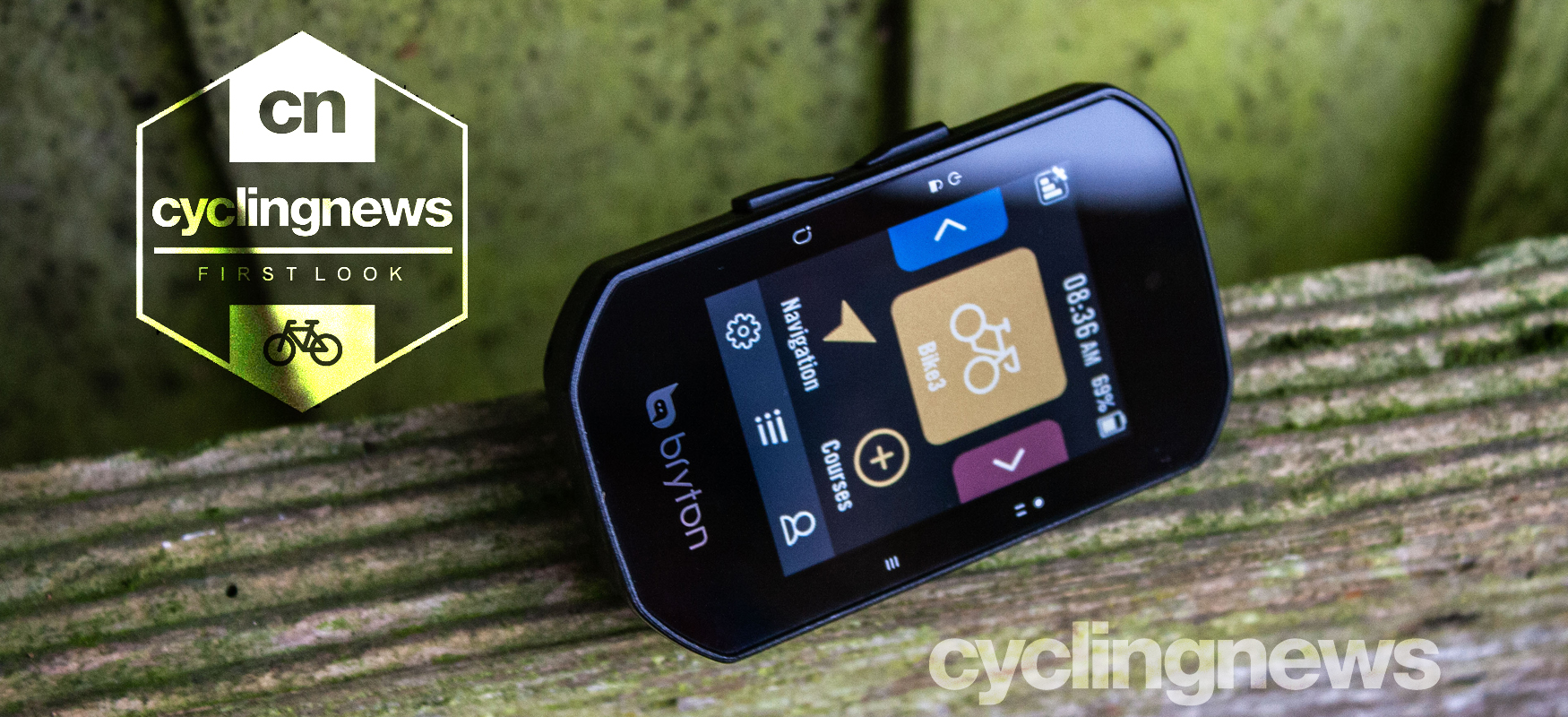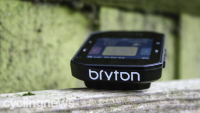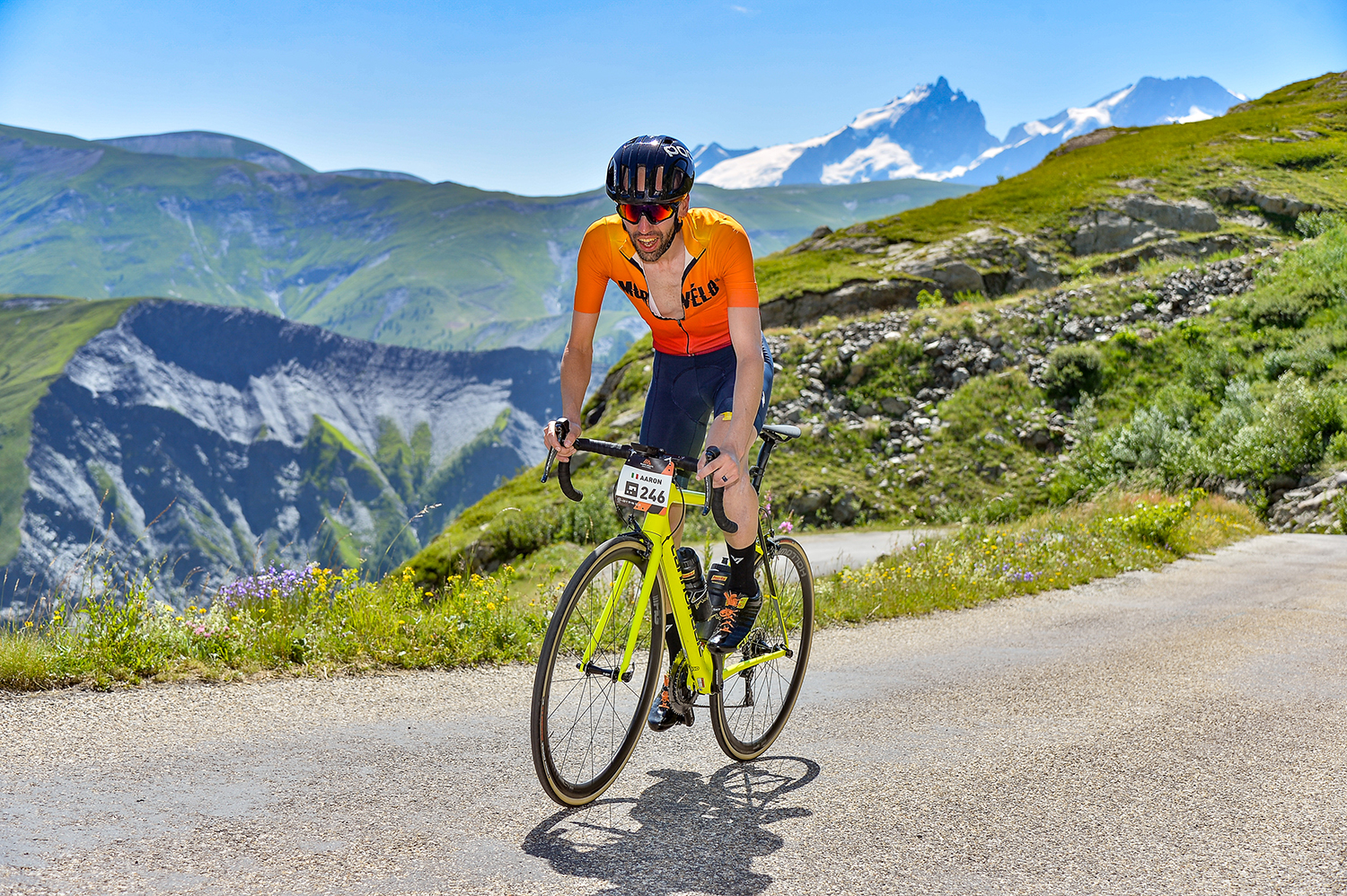Early Verdict
Good looking, capable and easy-to-use cycling computer that has what it takes to challenge the more established marques in the segment
Pros
- +
Colour touchscreen
- +
App integration
- +
Good weight
- +
Easy-to-use and learn interface
- +
Impressive maps with voice search
Cons
- -
Lacks brand cachet
You can trust Cyclingnews
Bryton may not have the same brand cachet as some of the more established players in the best cycling computers segment but the Taiwanese tech company is pushing hard to change perceptions and steal market share from the perennial favourites. The device pictured here is the Bryton Rider S500 - a range-topping, performance-focussed cycling computer that will go head-to-head against the Garmin Edge 830 and Wahoo Elemnt Roam.
The Bryton Rider S500 represents the brand's premiere GPS cycling computer line with the 'S' denoting 'Sport'. While the S500 is all about building on the navigational capabilities of its forebears, the new model has number crunching at its core featuring all the metric and data harvesting tools to appeal to a broader audience - newcomers and pro cyclists included. As a result, Bryton has been working in collaboration with professional teams to finesse the user experience, including UCI WorldTour team Intermarché-Wanty-Gobert Matériaux.
It looks pretty good and boasts class-specific levels of functionality but is that enough to convince loyalists to change brands? Here's what we've learned so far.
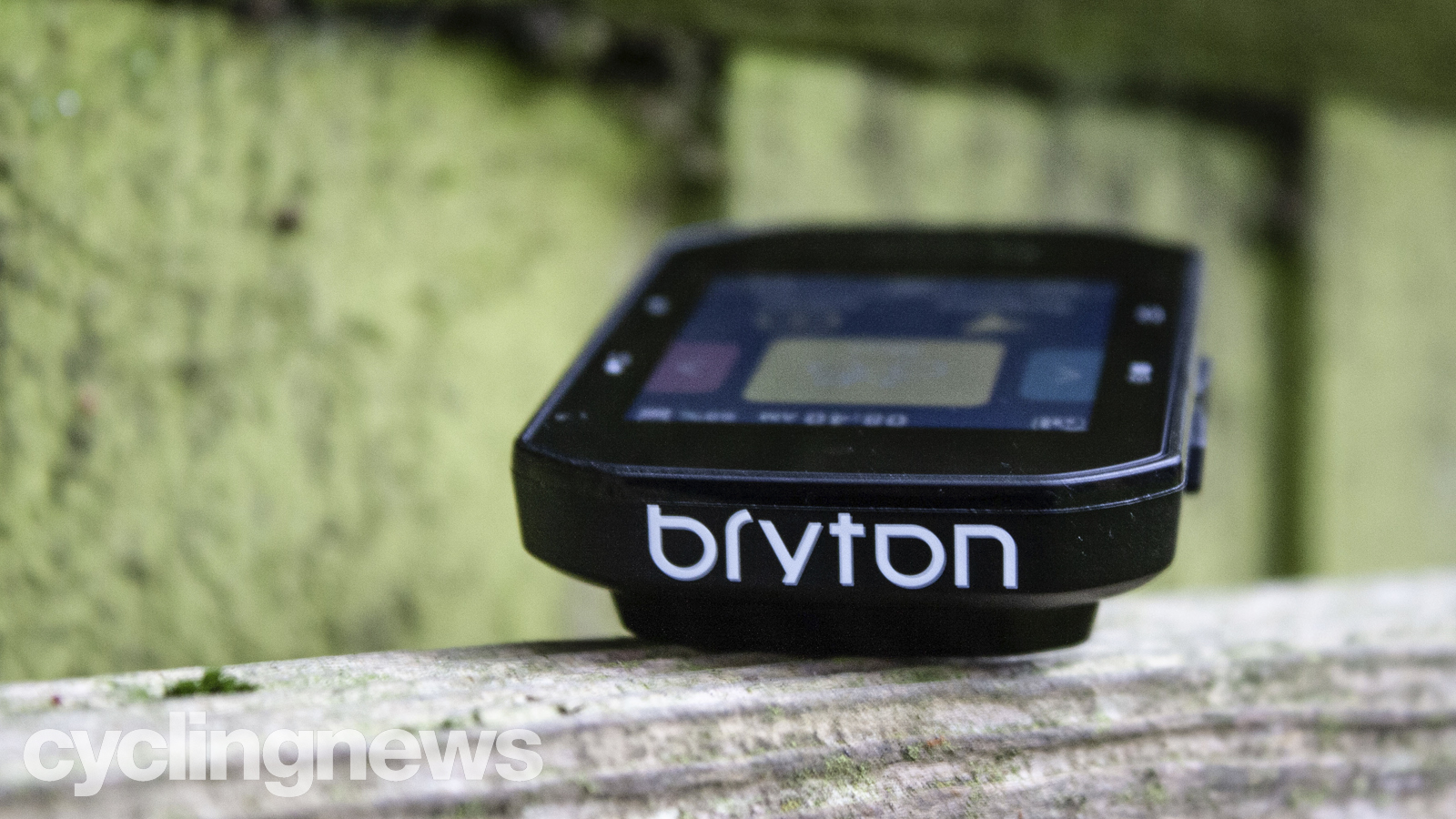

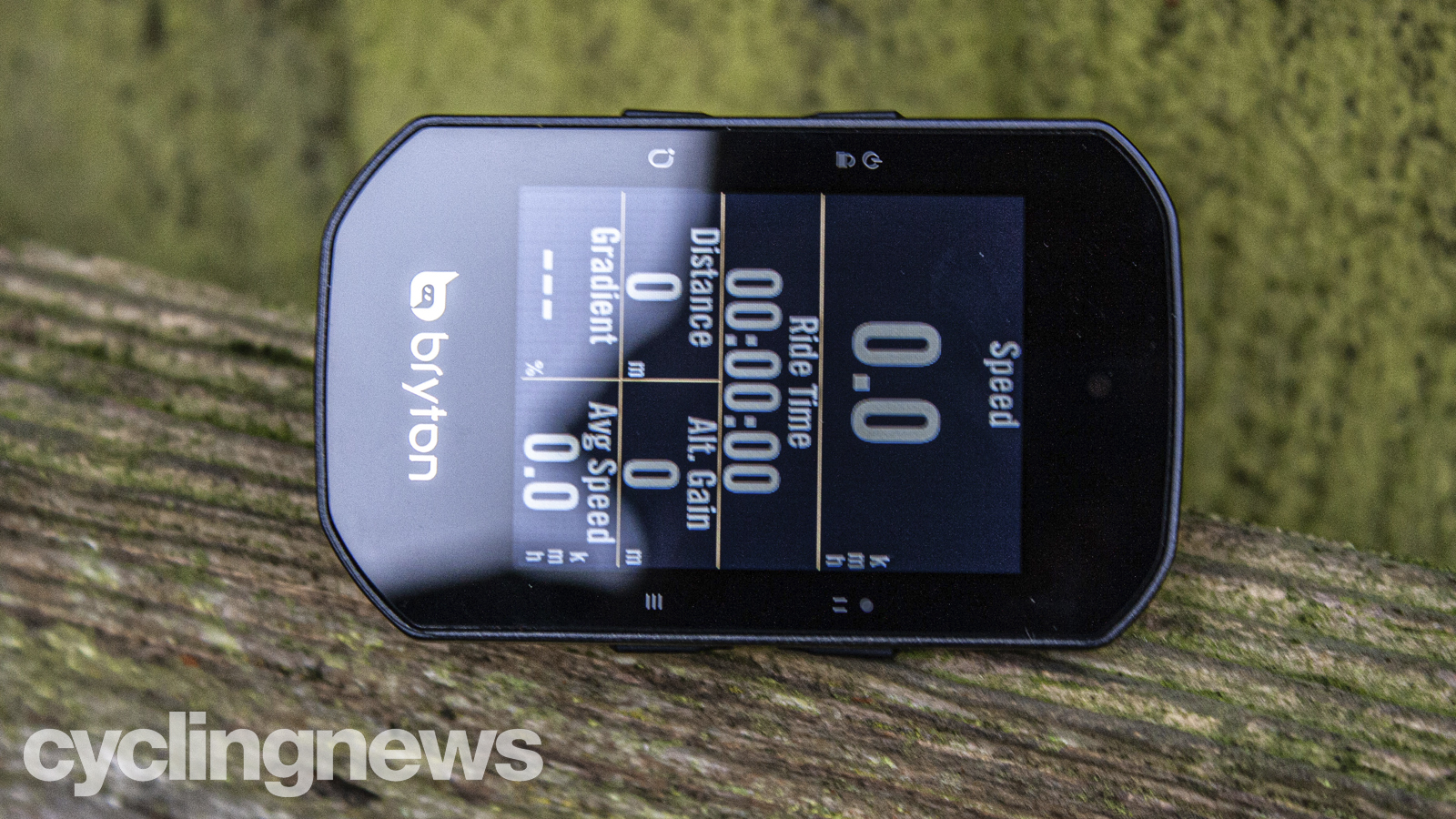
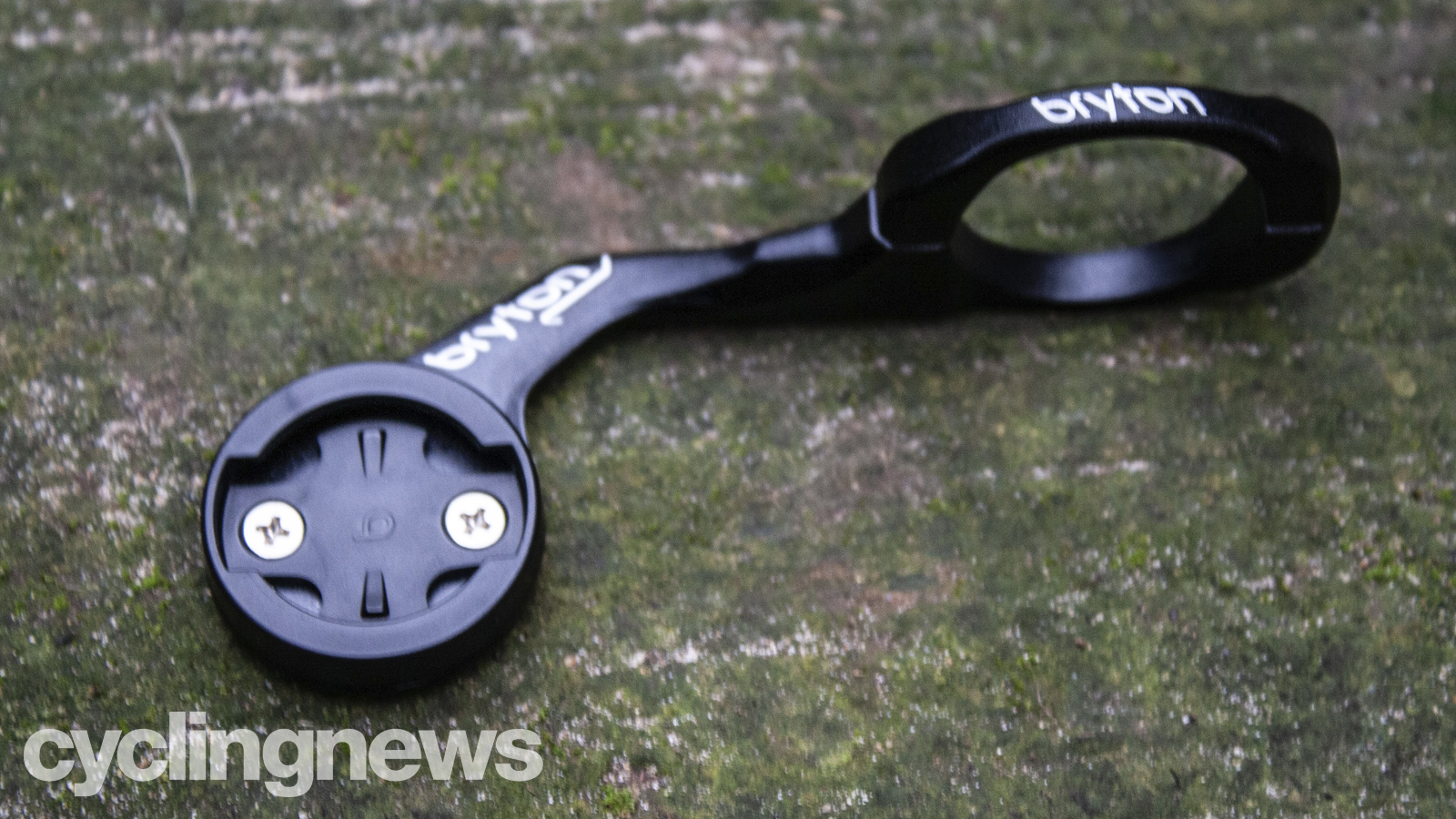
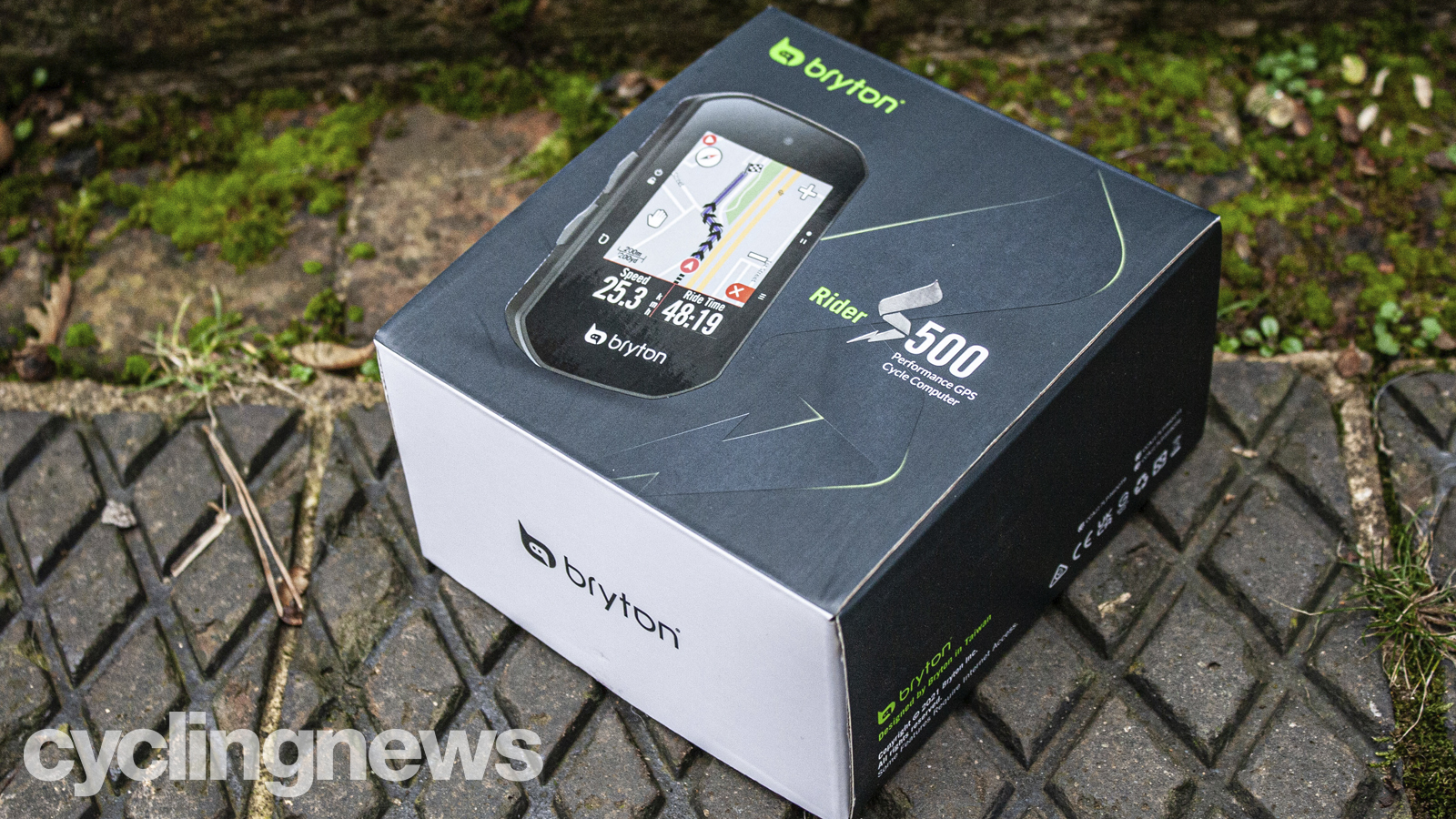
Design and aesthetics
The Bryton Rider S500 has a premium look about it and follows the Garmin Edge blueprint when it comes to aesthetics, and that's not a particularly bad notion. The main differences come in the form of Bryton's trademark chamfered edges as well as four-button layout (two on each side), slightly bulkier quarter-turn mounting system on the rear and USB-C charging slot. While the screen real estate falls a little short when compared to the Edge 830 - 2.4- vs 2.6-inch, the overall unit dimensions are almost identical. Battery life is pegged at a claimed 24+ hours.
It's available in two bundle options that differ by way of extras and price: the Base E (device, protective case, mount and lanyard) and T sensor bundle (device, protective case, sport mount, lanyard and heart rate-, speed- and cadence sensors). The device weighs 86g, just 6g more than the Garmin Edge 830 so it's not going to trouble your power-to-weight ratio. Once thing we did notice when laying the unit down for charging, is the uneven weight distribution which errs on the top-heavy side - all of its rivals have an even 50:50 weight balance.
Power it up and you're greeted by a full-colour, bright, backlit touchscreen. The user interface is pretty much the same as before and is very easy to navigate. Everything is activated via the home screen which is split into three tiers - Bike profiles at the top, followed by Navigation and Courses, and Settings, Results and Profile at the bottom. While these fields are all customisable via the device itself, I recommend using the Bryton app as it's more detailed and easier to operate (the screen has a tendency to lag sometimes).
Looking at the profile pages, there's room for a maximum of three bike profiles which are colour-coded red, blue and yellow. Depending on which profile you select, the colour will form the base of the profile identity and carry through the entire device - a nice touch indeed. Each profile can house three data pages (with each page providing a maximum of ten fields), two lap pages and a map page. Each profile - labelled Bike 1, 2, 3 - can be renamed to personalise things, a boon for those who have multiple bikes and sensors.
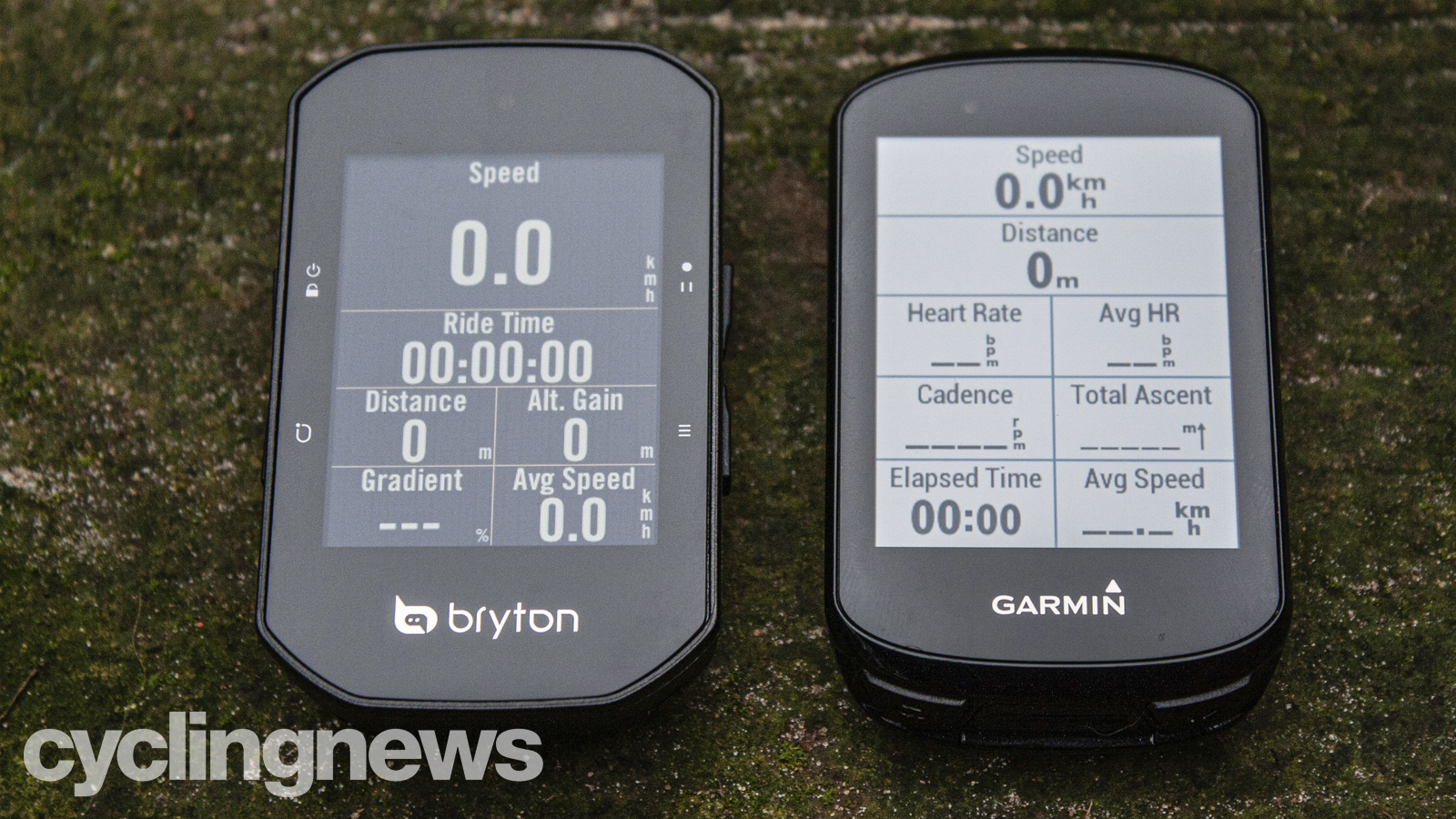
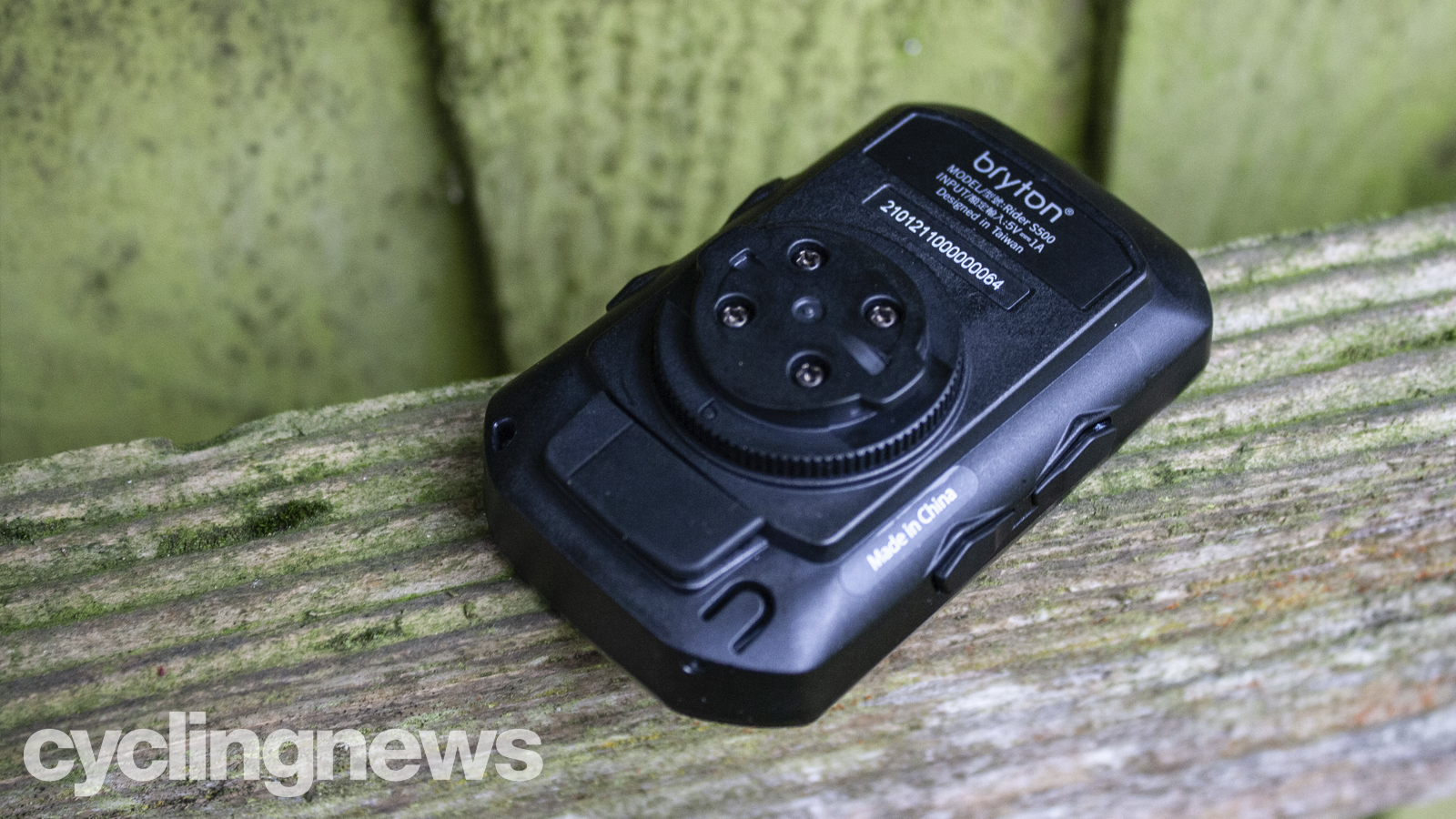
Specifications and functionality
Let's look at the headline features. Like the Bryton Rider 750 we tested last year, the Rider S500 gets a raft of attributes to streamline the user experience. This includes 'Voice Search' which allows users to quickly search for addresses and points of interest on-the-fly, granted there is a stable internet connection and paired with the app. While we're yet to trial the navigational features, Bryton waxes lyrical about what the Rider S500 can do - in this case, auto re-routing, on-screen POIs, reverse saved rides, route retracing and custom routes (through the Bryton Active app). Bryton has always been a solid performer when it comes to turn-by-turn navigation so we expect things to be reliable and accurate. Other features include Live Track where you can share your real-time location, current speed, ride time with friends or loved ones via the app, and Climb Challenge which essentially breaks down climbing segments in detail.
In terms of functionality, it melds a four-button configuration with a touchscreen - something that isn't new to Bryton and a formula that has proven to work. Sure, the touchscreen is not as reactive as rivals from Garmin and Hammerhead but it does the job as effectively. The touchscreen is bright and crisp - backlit of course, and also benefits from an ambient light sensor that changes the intensity based on lighting conditions. As Bryton's premium offering, the Rider S500 utilises GPS with simultaneous five-satellite connectivity including Glonass, Galileo, Beidou, and QZSS satellite networks and has support for connection to Bluetooth and ANT+ sensors. This means it will play nicely with the best power meters, electronic drivetrains, e-bikes and rear-light-based radar systems, the Garmin Varia RTL515 included. It can also communicate with your smart trainer thanks to its ANT+ FE-C capabilities.
As expected, it's also fully compatible with third-party apps such as Strava or Training Peaks.
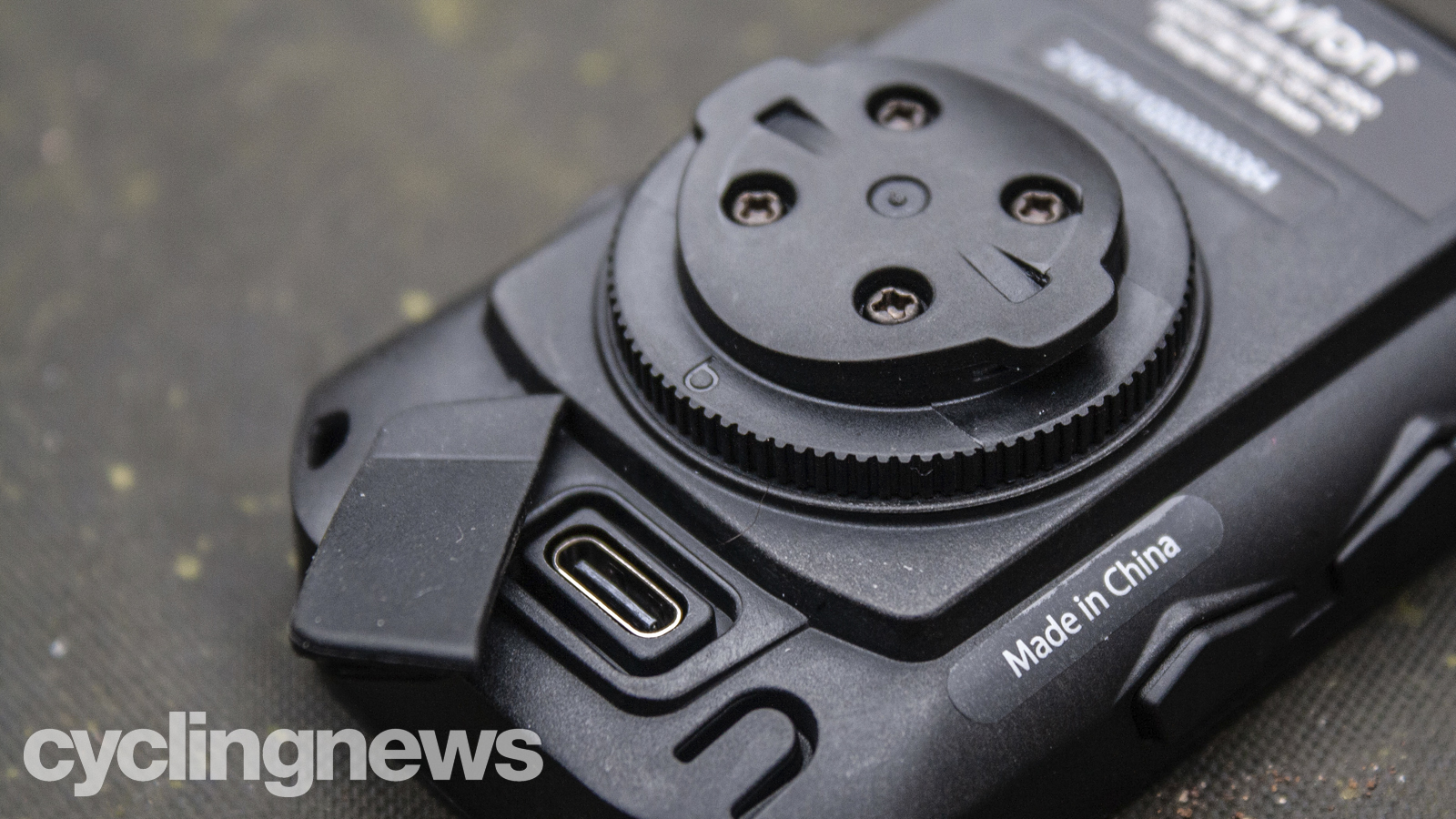
Early verdict
Bryton has created a premium product with the Rider S500. While there's nothing entirely new to see here from a features and capability point of view, Bryton has priced it attractively and this will intrigue those looking at upgrading or jumping brands. Pricing starts at £259 / US$299 / €299 / A$509 (base bundle) and £329 / US$379 / €379 / A$649 (sensor bundle).
While we're yet to give it a proper go and test it's mapping and navigational prompting to the max, what we've seen so far is promising and look forward to assessing it objectively against the best options available right now. What we can say is that Bryton has done a good job here with the Rider S500 - it hits all the markers and should compete against the segment's best.
Keep an eye out for the full review and group test coming soon.
Tech Specs: Bryton Rider S500 cycling computer
- Price: £259 / US$299 / €299 / A$509 (base bundle)
- Connectivity: ANT+, Bluetooth, Wi-Fi, ANT+ FE-C
- Water-resistant: IPX7
- Display: 2.4 inch colour display
- Weight: 86g (actual)
- Navigation: OpenStreet Map (GPS, GLONASS, BEIDOU Galileo, and QZSS)
- Claimed battery life: 24+ hours
- Colour touchscreen: Yes
View the Rider S500 at Bryton Sport
Aaron was the Tech Editor Cyclingnews between July 2019 and June 2022. He was born and raised in South Africa, where he completed his BA honours at the University of Cape Town before embarking on a career in journalism. Throughout this career, Aaron has spent almost two decades writing about bikes, cars, and anything else with wheels. Prior to joining the Cyclingnews team, his experience spanned a stint as Gear & Digital editor of Bicycling magazine, as well as a time at TopCar as Associate Editor.
Now based in the UK's Surrey Hills, Aaron's life revolves around bikes. He's a competitive racer, Stravaholic, and Zwift enthusiast. He’s twice ridden the Cape Epic, completed the Haute Route Alps, and represented South Africa in the 2022 Zwift eSports World Championships.
Height: 175cm
Weight: 61.5kg
Rides: Cannondale SuperSlice Disc Di2 TT, Cannondale Supersix Evo Dura-Ace Rim, Cannondale Supersix Evo Ultegra Di2 Disc, Trek Procaliber 9.9 MTB
What is a hands on review?
'Hands on reviews' are a journalist's first impressions of a piece of kit based on spending some time with it. It may be just a few moments, or a few hours. The important thing is we have been able to play with it ourselves and can give you some sense of what it's like to use, even if it's only an embryonic view.
